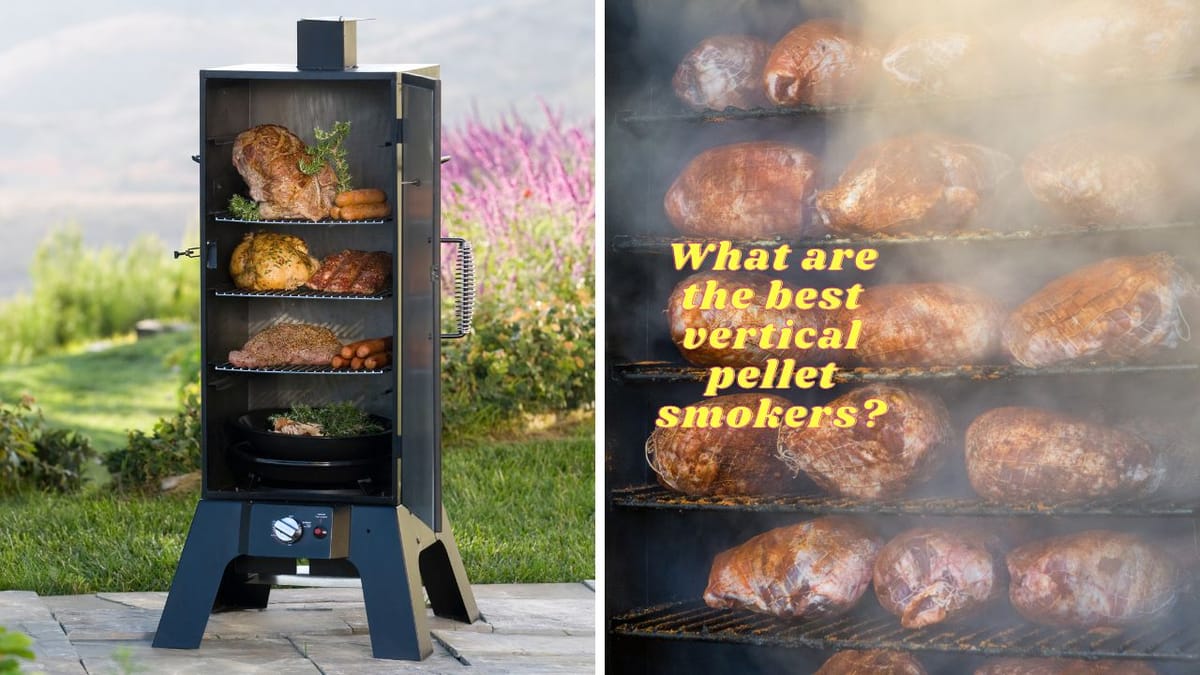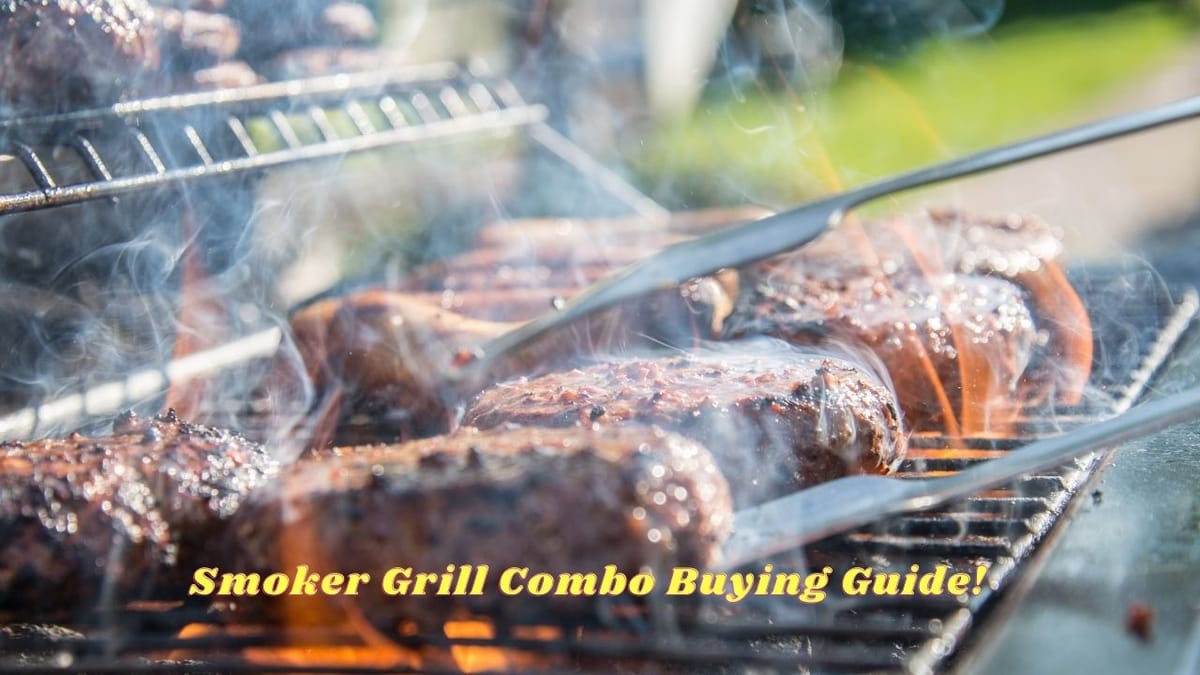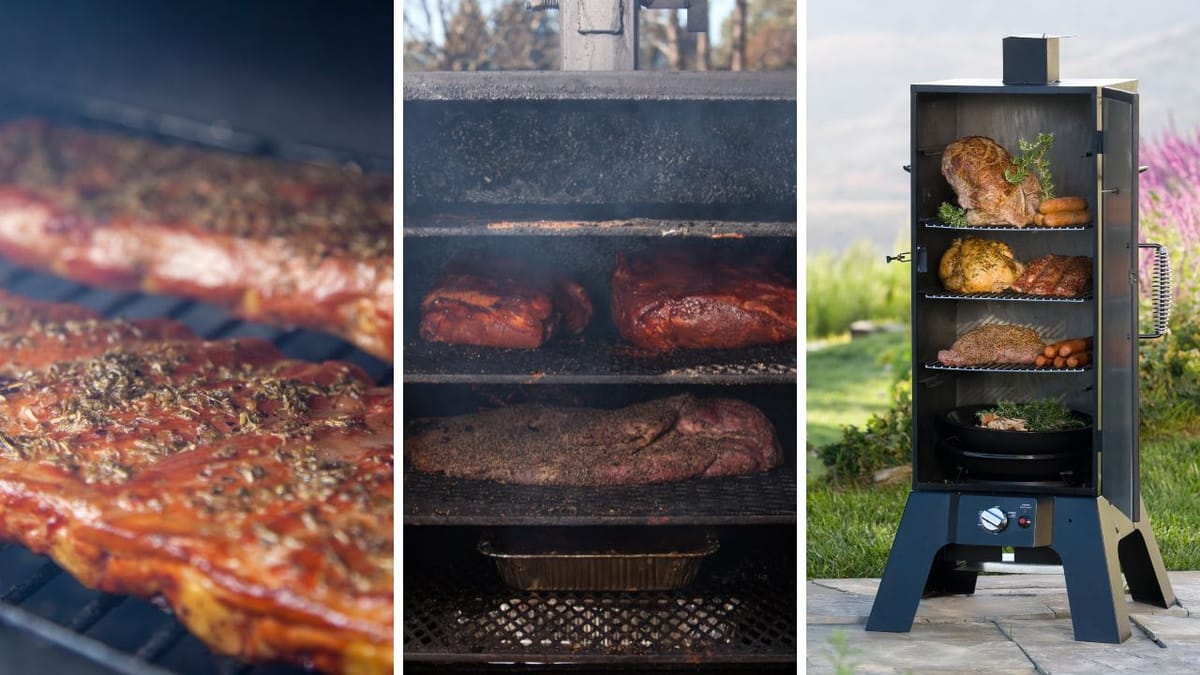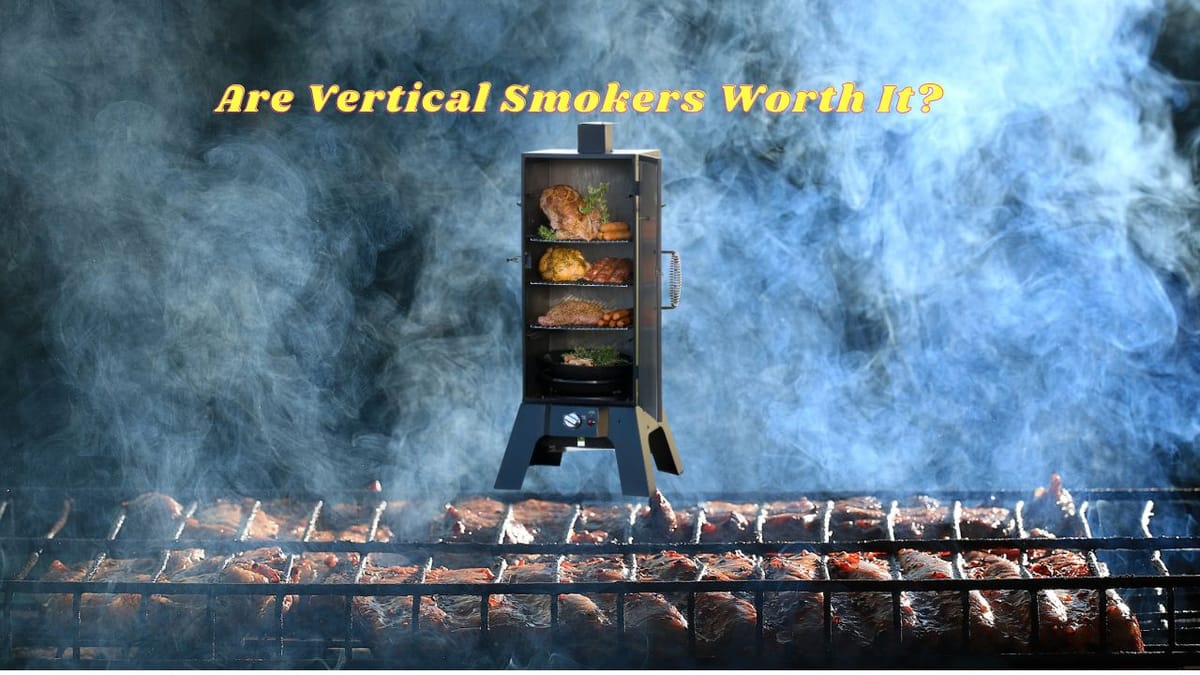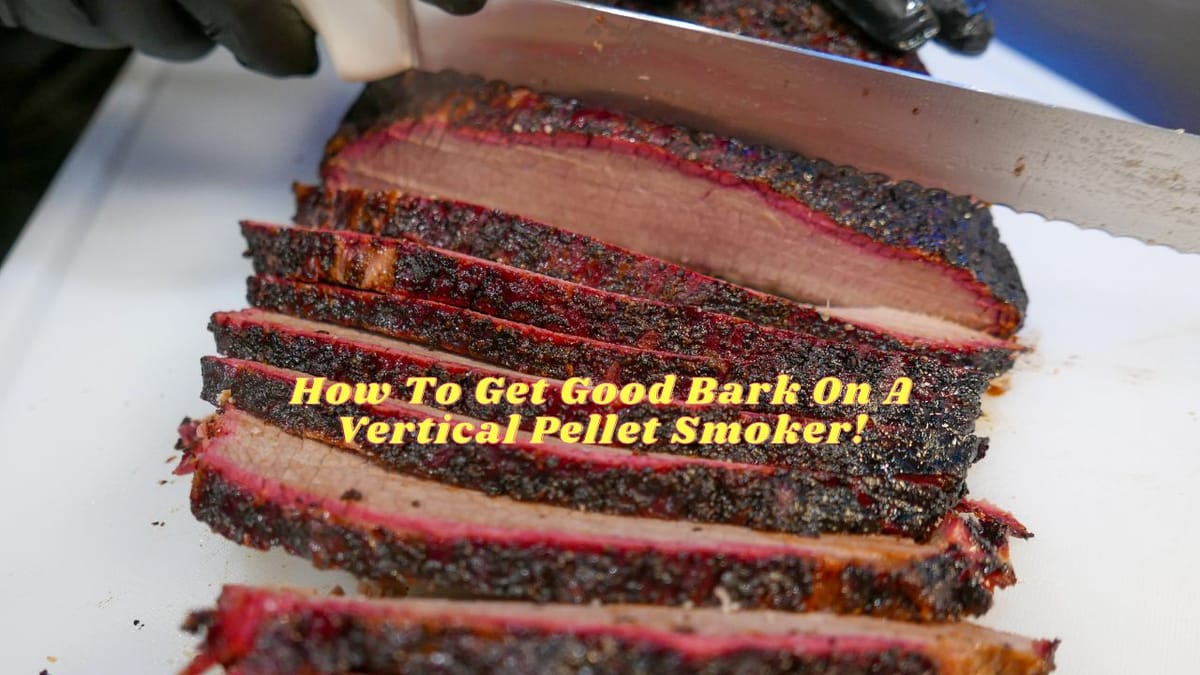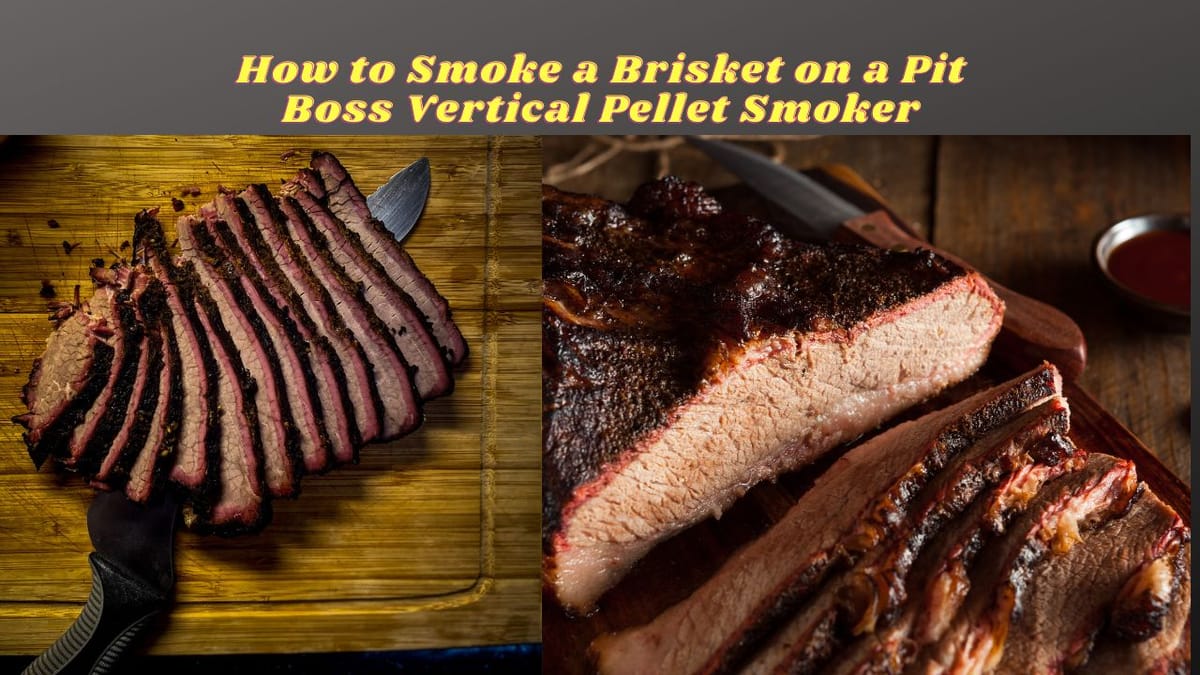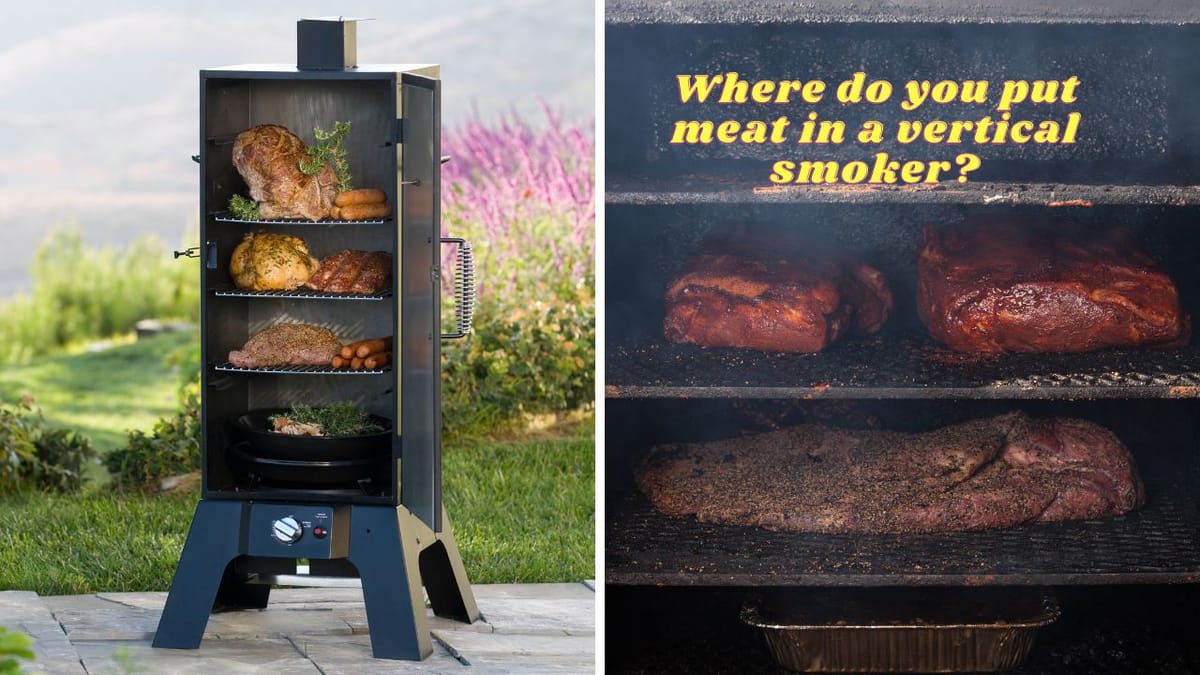Table of Contents
When it comes to smoking meats, the equipment you choose can make all the difference. In the world of barbecue, the debate between horizontal smokers and vertical smokers is as smoky as the meats that come out of them. Both have their loyalists and their advantages, but which one is truly better for your BBQ needs? Let's delve into the smoldering details.
Key Takeaways:
- Understand the fundamental differences between horizontal and vertical smokers.
- Learn about the advantages and disadvantages of each type to make an informed decision.
- Discover practical tips for choosing the right smoker for your BBQ style.
The Basics of Horizontal Smokers
Horizontal smokers, often referred to as offset smokers, are the traditional choice for many pitmasters. They consist of a long chamber where the food is placed and a firebox attached to one side. Smoke and heat flow from the firebox into the cooking chamber, infusing the food with that sought-after smoky flavor.
One of the main advantages of horizontal smokers is the space they offer. They're ideal for cooking large quantities of meat, making them a favorite for big gatherings and commercial use. The separate firebox also allows you to add fuel without disturbing the cooking chamber, maintaining a consistent temperature.
The Vertical Smoker Advantage
Vertical smokers, on the other hand, are designed with their heat source directly below the cooking area. This design can be more space-efficient and is often preferred by those with limited outdoor space. Vertical smokers tend to heat up faster and require less fuel than horizontal smokers, making them more economical in the long run.
Another benefit of vertical smokers is the ease of temperature control. Heat naturally rises, which can make maintaining a consistent temperature throughout the cooking chamber easier. This is particularly beneficial for beginners or those who prefer a more "set it and forget it" approach to smoking.
Space Considerations and Capacity
When choosing between a horizontal or vertical smoker, space is a significant factor. Horizontal smokers can take up a considerable amount of room, which might not be ideal for those with smaller patios or backyards. They do, however, offer more surface area for cooking, which is perfect for smoking multiple items at once.
Vertical smokers are more compact and can fit into tighter spaces. Despite their smaller footprint, many vertical models are designed with multiple racks that allow you to smoke a substantial amount of food at one time. This makes them a smart choice for those who need to maximize their space.
Temperature Management and Fuel Efficiency
Managing the temperature in a smoker is crucial for achieving perfectly smoked meats. Horizontal smokers can be more challenging to manage, as they often require constant attention to maintain the right temperature. This is due to the longer distance the smoke and heat must travel from the firebox to the cooking chamber.
Vertical smokers typically offer better fuel efficiency because of their design. The heat source is closer to the food, which means it requires less fuel to maintain the desired temperature. This can be a significant advantage for those who smoke foods regularly, as it can lead to cost savings over time.
Flavor and Smoke Distribution
The distribution of smoke and flavor is a critical aspect of smoking meat. Horizontal smokers are known for their ability to create a deep smoke ring and robust flavor profile. This is because the smoke has more time to infuse the meat as it travels through the cooking chamber.
Vertical smokers can also produce excellent flavor, but the smoke distribution is different. Since the smoke doesn't have to travel as far, it can result in a lighter smoke flavor. This might be preferable for those who enjoy a subtler smoky taste or are smoking more delicate foods like fish or cheese.
Maintenance and Cleaning
Maintenance and cleaning are important considerations when choosing a smoker. Horizontal smokers can be more labor-intensive to clean due to their larger size and the complexity of their parts. Ash and grease can accumulate in the firebox and cooking chamber, requiring more effort to keep clean.
Vertical smokers are generally easier to maintain and clean. Many models come with removable ash pans and racks, which simplifies the cleaning process. This can be a significant time-saver and make the smoking experience more enjoyable.
Durability and Longevity
The build quality of your smoker will affect its durability and longevity. Both horizontal and vertical smokers can be built to last, but the materials and construction will play a role in how long they hold up. Heavy-duty steel construction with high-temperature-resistant coatings is a good indicator of a durable smoker.
It's also worth considering the brand and warranty when assessing durability. Reputable brands often offer better customer support and warranties, which can provide peace of mind and protect your investment.
Price and Budget Considerations
Your budget will undoubtedly influence your decision between a horizontal or vertical smoker. Horizontal smokers can be more expensive due to their size and the amount of material required to build them. However, they are often seen as a worthwhile investment for serious BBQ enthusiasts.
Vertical smokers are typically more affordable and offer good value for those just starting out or with less to spend. They provide many of the same benefits as horizontal smokers but at a lower price point, making them accessible to a wider range of people.
Personal Preference and BBQ Style
Ultimately, the choice between a horizontal or vertical smoker comes down to personal preference and your BBQ style. If you enjoy the process of tending to the fire and smoking large cuts of meat, a horizontal smoker might be your best bet. For those who prefer convenience and are space-conscious, a vertical smoker could be the ideal choice.
Consider how you like to cook, the types of food you want to smoke, and how much time you're willing to invest in the process. Both types of smokers have their merits, and the best one for you is the one that aligns with your BBQ goals.
Summary
Choosing between a horizontal or vertical smoker is a matter of understanding your needs, preferences, and the unique advantages each type offers. Horizontal smokers are great for large quantities and traditional smoking methods, while vertical smokers are space-efficient and easier to maintain. Consider factors like space, temperature control, flavor, maintenance, durability, price, and personal BBQ style when making your decision.
FAQ Section
Can you get a good smoke ring with a vertical smoker?
Yes, you can achieve a good smoke ring with a vertical smoker, although it may not be as pronounced as with a horizontal smoker. The key is to maintain consistent low temperatures and use quality smoking wood.
Are horizontal smokers better for beginners?
Horizontal smokers can be more challenging for beginners due to the need for more active temperature management. Vertical smokers might be a better option for those new to smoking because of their ease of use.
How much more fuel does a horizontal smoker use compared to a vertical smoker?
The amount of fuel used can vary based on the size and design of the smoker, but generally, horizontal smokers use more fuel than vertical smokers because they are larger and the heat has to travel a greater distance.
Other Related Articles
